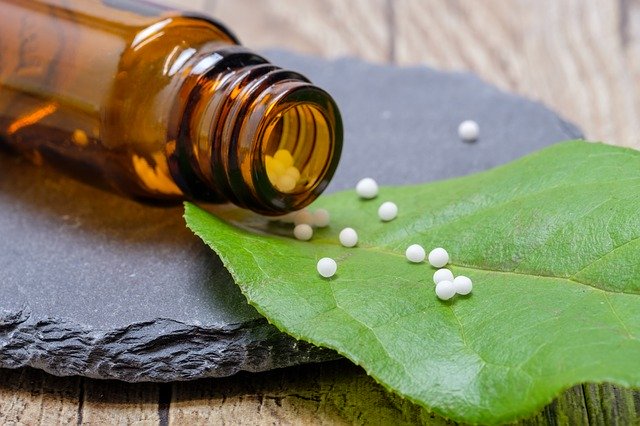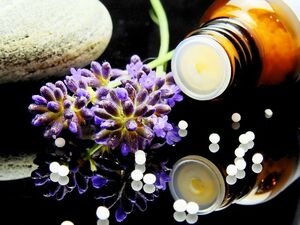A standard text book describes homeopathic intensive care patients (1). But there are also 2 studies on this topic:
Additive homeopathy in sepsis (= severe febrile illness with impairment of organ functions)
The mortal danger is high in patients with severe sepsis despite the use of intensive care. The aim of this randomized*, double-blind, placebo-controlled study was to investigate the impact of homeopathy on the survival of sepsis patients (2). Seventy patients received homeopathic treatment (n = 35) or placebo (n = 35). Five granules of C200 potency were given twice a day. On day 180, survival was statistically significantly higher in homeopathically treated patients (75.8% vs 50.0%, p = 0.043). There were no side effects. The data suggest that homeopathic treatment could be a useful additional method in septic patients.
Homeopathy with heavy mucus production in ventilated patients
Stringy tenacious mucus can delay the removal of the breathing tube in intensive care patients after weaning from the ventilator. In this prospective, randomized, double-blind, placebo-controlled trial, the effect of potassium dichromate 30c (=Kalium bichromicum 30c) on the amount of viscous mucus in the trachea was studied in intensive care patients with a history of nicotine abuse and chronic lung disease (3). Fifty patients already breathing spontaneously received either the homeopathic medicine potassium dichromate C30 globules (group 1) or placebo (group 2) twice daily. There was a decrease in the amount of tracheal secretions in Group 1 (p <0.0001). Removal of the breathing tube was possible much earlier in group 1 (p <0.0001). Duration of ICU stay was shortened in group 1 (4.20 +/- 1.61 vs 7.68 +/- 3.60 days, p <0.0001). The results suggest that homeopathic potassium dichromate may reduce the amount of tracheal mucus.
* randomized means that patients are randomly assigned to either the homeopathic or the control group; The control group receives a so-called placebo, which is a dummy drug that cannot be distinguished from the real drug.
- Homöopathy in Intensive Care and Emergency Medicine. Michael Frass und Martin Bündner (ed.). Narayana Verlag, Kandern, Deutschland 2015, ISBN: 978-3-95582-077-0
- Frass M, Linkesch M, Banyai S, Resch G, Dielacher C, Lobl T, Endler C, Haidvogl M, Muchitsch I, Schuster E. Adjunctive homeopathic treatment in patients with severe sepsis: a randomized, double-blind, placebo-controlled trial in an intensive care unit. Homeopathy 2005; 94:75-80
- Frass M, Dielacher C, Linkesch M, Endler C, Muchitsch I, Schuster E, Kaye A. Influence of potassium dichromate on tracheal secretions in critically ill patients. Chest 2005;127:936-41

Prof. Dr. Michael Frass
Nach 40 Jahren an der Medizinischen Universität Wien bin ich pensioniert und arbeite weiter als Homöopath. Dazu bemühe ich mich, weiterhin den wissenschaftlichen Aspekt der Homöopathie zu fördern.





